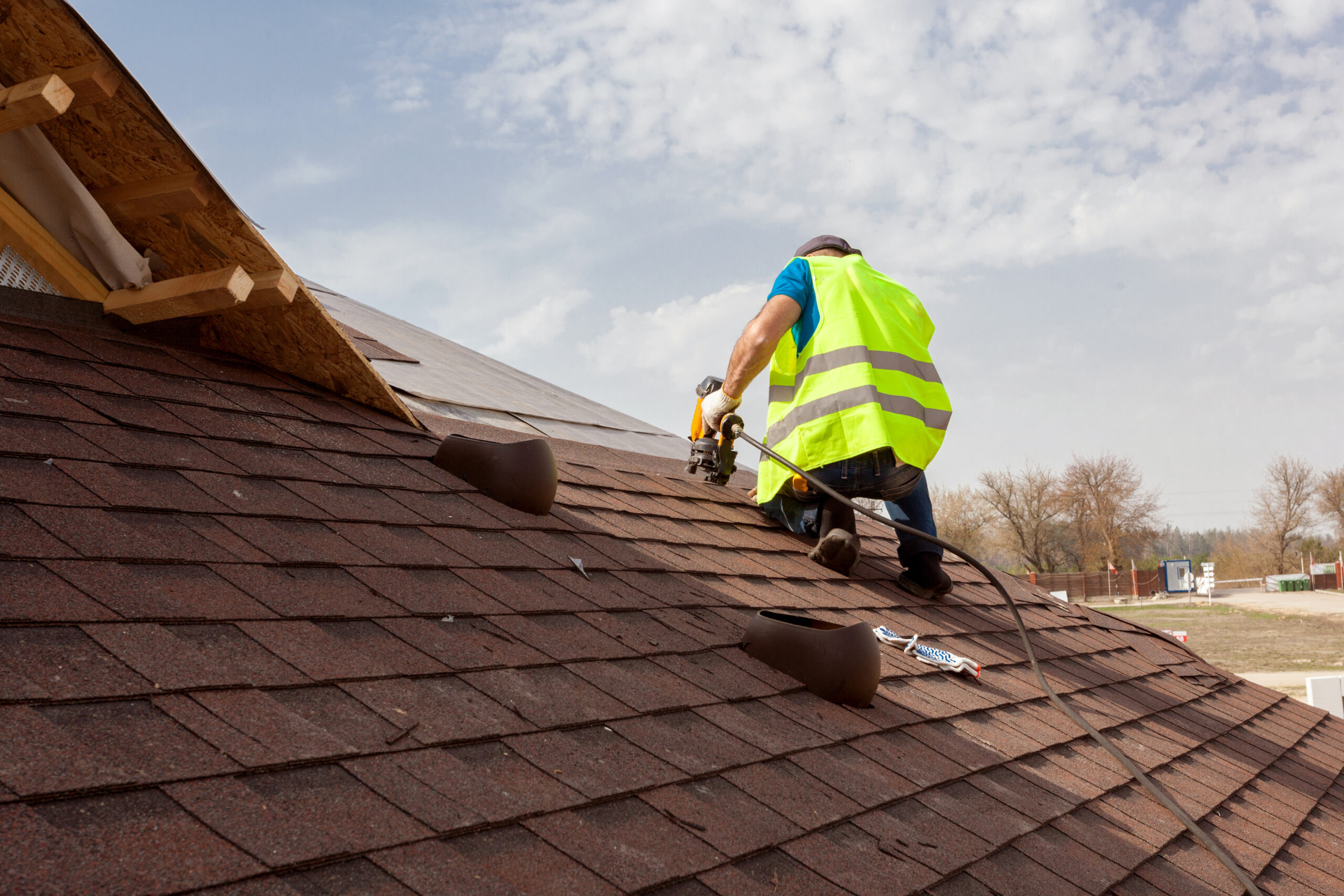When it comes to selecting the right roofing material for your home, the choices can be overwhelming. Each type of roofing material has its own set of advantages, disadvantages, and best-use scenarios. Understanding these options can help you make an informed decision that suits your budget, aesthetic preferences, and long-term needs. Here, we will explore the most common roofing materials, detailing their characteristics and ideal applications.
1. Asphalt Shingles
Overview:
Asphalt shingles are the most popular roofing material in the United States due to their affordability, ease of installation, and variety of styles and colors.
Pros:
- Cost-Effective: Asphalt shingles are relatively inexpensive compared to other roofing materials.
- Versatile: Available in many colors and styles to match different architectural designs.
- Easy to Install: Simple installation process reduces labor costs.
- Durability: Generally lasts 15-30 years with proper maintenance.
Cons:
- Lifespan: Shorter lifespan compared to materials like metal or tile.
- Environmental Impact: Made from petroleum-based products and not easily recyclable.
- Maintenance: Can be prone to algae growth and may require periodic cleaning.
2. Metal Roofing
Overview:
Metal roofs are gaining popularity due to their durability, longevity, and energy efficiency. Common materials include steel, aluminum, and copper.
Pros:
- Longevity: Can last 40-70 years or more.
- Durability: Resistant to wind, hail, and fire.
- Energy Efficiency: Reflects solar heat, reducing cooling costs.
- Low Maintenance: Requires minimal maintenance and is highly resistant to algae and moss.
Cons:
- Cost: Higher upfront cost compared to asphalt shingles.
- Noise: Can be noisy during rain or hail unless properly insulated.
- Complex Installation: Requires specialized installation techniques.
3. Clay and Concrete Tiles
Overview:
Clay and concrete tiles are known for their distinctive look and exceptional durability, often seen in Mediterranean, Spanish, and Southwestern-style homes.
Pros:
- Aesthetic Appeal: Offers a unique and attractive appearance.
- Longevity: Can last 50-100 years or more.
- Fire Resistance: Naturally fire-resistant.
- Durability: Resistant to rot and insect damage.
Cons:
- Weight: Very heavy, often requiring additional structural support.
- Cost: Expensive to purchase and install.
- Fragility: Can break under heavy impact or during maintenance.

4. Wood Shingles and Shakes
Overview:
Wood shingles and shakes provide a natural, rustic look and are often made from cedar, redwood, or pine.
Pros:
- Aesthetic Appeal: Natural appearance that blends well with the environment.
- Insulation: Provides good insulation properties.
- Durability: With proper maintenance, can last 30-50 years.
Cons:
- Maintenance: Requires regular maintenance to prevent rot, mold, and insect infestation.
- Fire Risk: Not fire-resistant unless treated.
- Cost: More expensive than asphalt shingles.
5. Slate Roofing
Overview:
Slate roofing is made from natural stone and is one of the most durable and long-lasting roofing materials available.
Pros:
- Longevity: Can last 75-200 years.
- Aesthetic Appeal: Offers a high-end, elegant look.
- Durability: Extremely resistant to fire, rot, and insects.
- Low Maintenance: Requires minimal upkeep.
Cons:
- Cost: Very expensive to purchase and install.
- Weight: Extremely heavy, requiring additional structural support.
- Fragility: Can be brittle and break under heavy impact.
6. Synthetic Roofing Products
Overview:
Synthetic roofing materials, such as rubber, plastic, and polymer, are designed to mimic the appearance of other materials like wood, slate, and tile.
Pros:
- Cost-Effective: Generally less expensive than the materials they replicate.
- Durability: Resistant to weathering and impact.
- Lightweight: Easier to handle and may not require additional structural support.
- Versatility: Available in a wide range of styles and colors.
Cons:
- Newness: Less track record of long-term performance compared to traditional materials.
- Quality Variation: Can vary significantly in quality and performance.
Conclusion
Choosing the right roofing material involves balancing aesthetics, performance, longevity, and cost. Whether you prefer the affordability of asphalt shingles, the durability of metal, or the timeless elegance of slate, understanding the characteristics of each material will help you make an informed decision. Consider your specific needs, climate, and budget to select the roofing material that will provide the best protection and value for your home.
